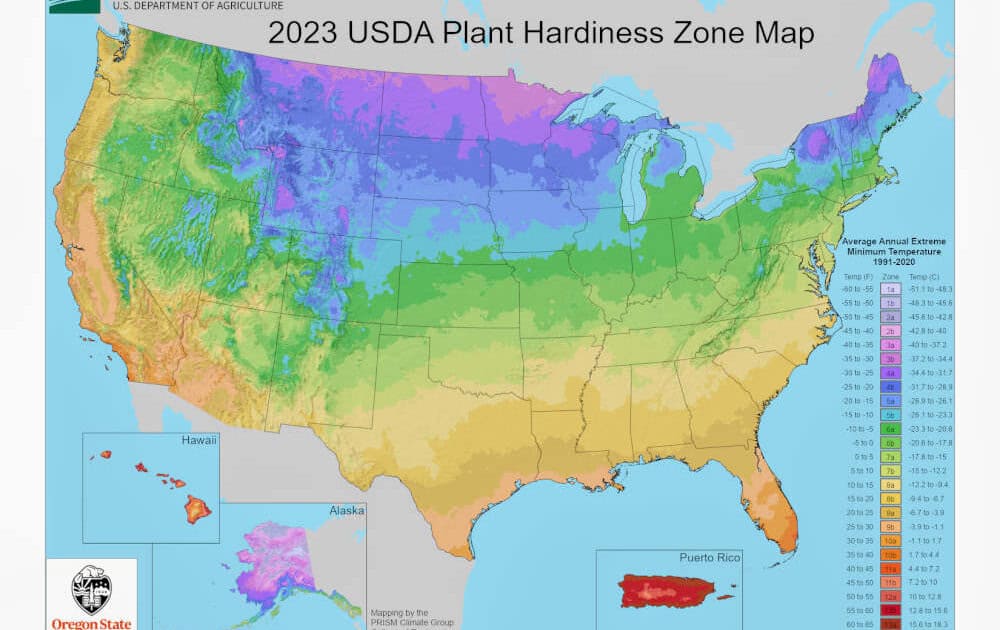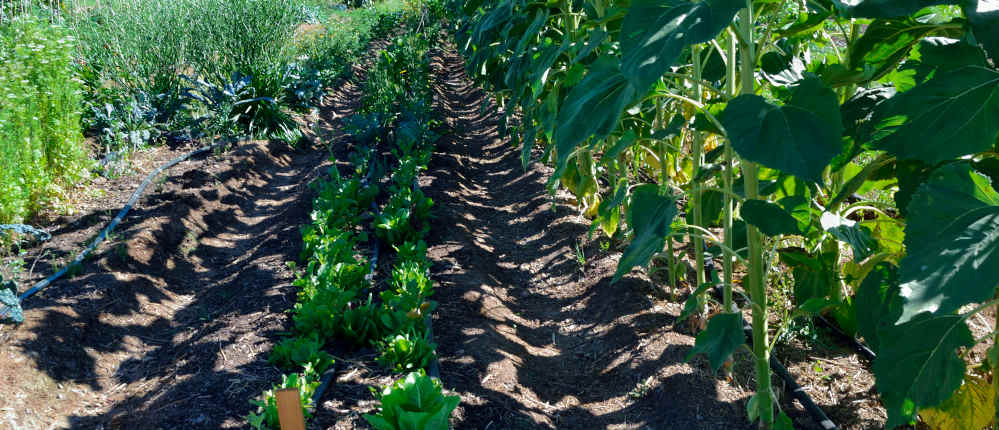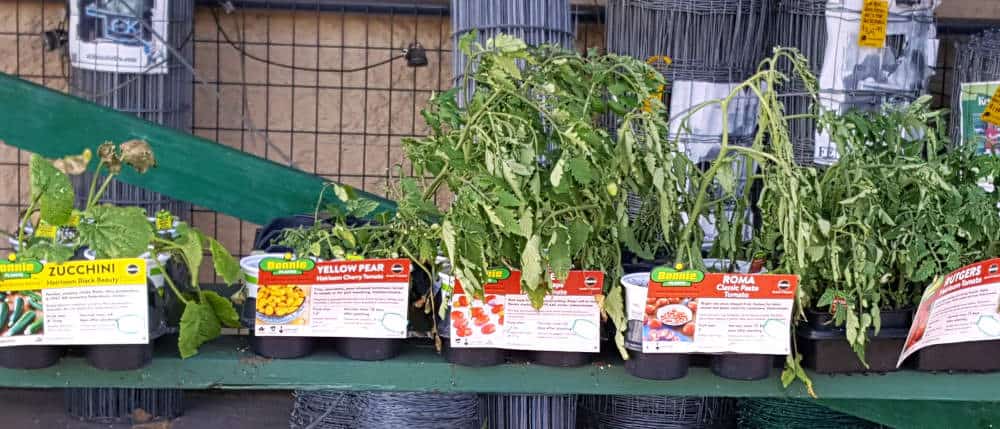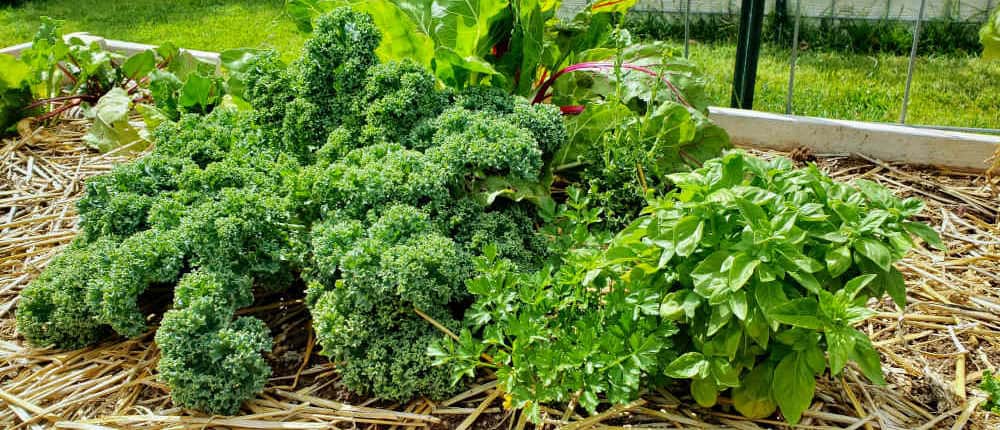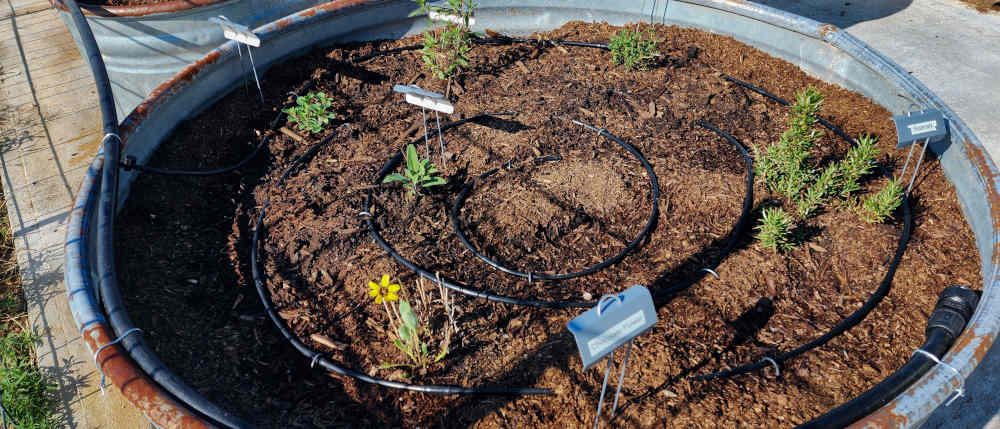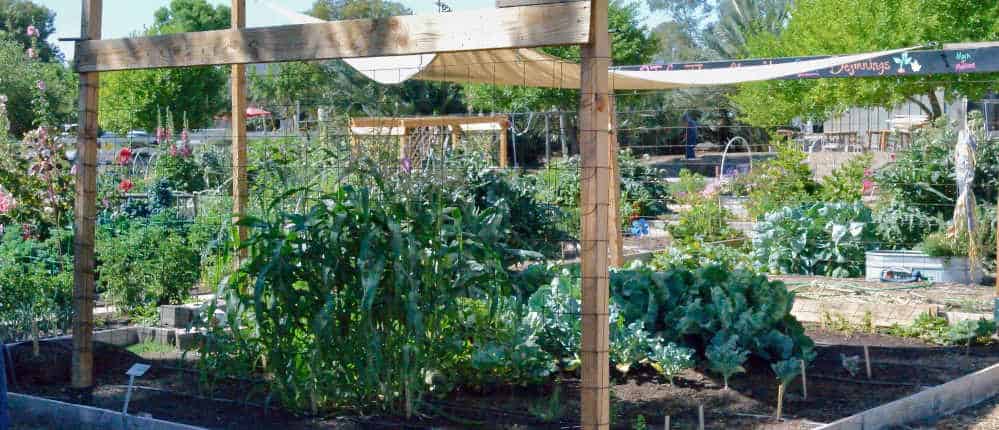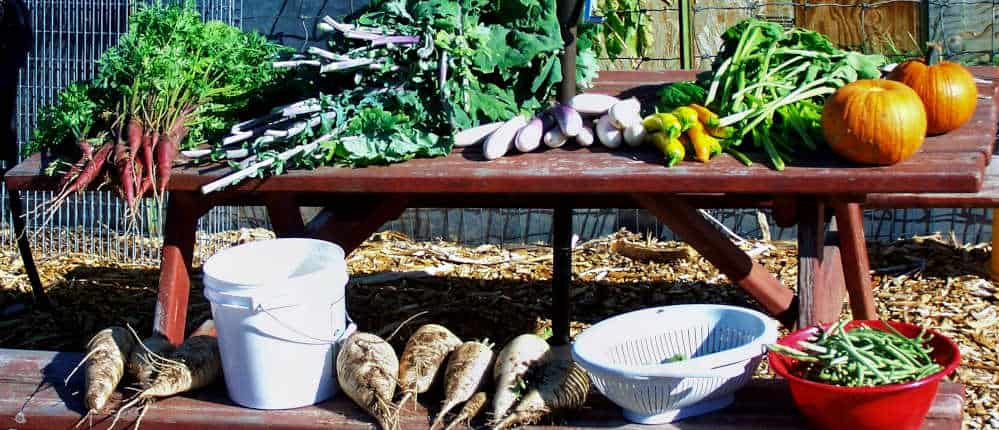Gardening in a Warm-Winter Climate
Overcoming the Heat to Unlock a Second Spring
For those of us gardening in warm-winter climates, our journey is often filled with unique and counterintuitive challenges. From the Desert Southwest to the Gulf Coast and Florida, we often hear a collective expression of frustration, where it can seem like our best efforts are futile against an overwhelming and misunderstood climate.
The primary challenge is the intense summer heat.
This struggle isn’t just for beginners; even those of us with years of gardening experience can find that our trusted skills need to be realigned and tuned to a new set of rules. The core of this widespread frustration is a jarring disconnect between our self-perception as competent gardeners and the reality of our results. When skilled gardeners are confronted with repeated, inexplicable failure, it leads to the central question that gets to the heart of the pain: is the failure personal, or is it the climate itself that is the problem? We’ve found that understanding this shared struggle is the essential first step in providing a new, more effective framework for success.
A wall of sunflowers provides shade in the afternoon.
The Transplanted Gardener’s Dilemma
Using the Wrong Map
The root of this frustration is often a flawed piece of conventional wisdom: the misalignment of a traditional, four-season gardening calendar with a region that has distinctly different seasonal rhythms. We hear it all the time from gardeners who have moved from places like Michigan or Wisconsin to the desert Southwest. They feel like they’ve landed on another planet. Their trusted internal gardening clock, honed over years of experience, is now completely wrong, and it’s a frustrating and disorienting feeling.
An experienced gardener in a hot region often advises newcomers to “Think of the heat like a bell curve with its peak in July/Aug and plant for the cooler shoulder seasons.” This hard-won, sophisticated understanding shows that the brutal heat of mid-summer is a period to be avoided. Another gardener puts it even more simply: “Our fall is usually when I plant things ‘traditionally’ planted in spring.”
This reversal is the central, transformative concept to adopt. Forget the idea of a single, universal “spring” and learn to recognize that your region’s spring is actually in the fall.
For a detailed guide on calculating the specific planting dates for your ‘second spring,’ please see our foundational article, How to Plan for Fall and Winter Gardening.
Neglected and heat-stressed big box store tomato plants.
How Big-Box Garden Centers Make it Worse
The analogy of using the wrong map isn’t simply an individual error; it’s actively reinforced by the commercial practices of many retail garden centers. These businesses often follow national supply schedules that are out of step with the local climate, creating a negative feedback loop that significantly increases the chances of garden failure.
We’ve all seen it: nurseries selling traditional “summer” vegetable starts well into late spring. A new gardener—or one not familiar with the upcoming heat cycle—seeing a healthy-looking tomato plant for sale in May, logically assumes it is the correct time to plant it. This leads to predictable failure when that standard variety is trying to set fruit during the peak of the summer heat. The commercial cycle, where garden sections are heavily stocked in spring and then cleared out by mid-summer, further cements the idea that spring is the one and only planting season, completely obscuring the potential of the “second spring” that fall provides.
Straw mulch protects the soil.
The “Reverse Winter” Strategy
A Conscious Realignment
The first crucial step in shifting from frustration to strategic success is adopting the “reverse winter” concept. This is a conscious technique that reframes the hottest part of the summer as the garden’s dormant season—a time for a planned, strategic pullback for a breather and planning, rather than a failed attempt.
This approach involves allowing garden beds to rest under a thick, 3- to 5-inch layer of protective mulch, which insulates the soil and conserves moisture. Alternatively, you can plant a heat-tolerant cover crop, such as cowpeas or clover, which protects the soil while adding valuable organic matter. The concept of a “reverse winter” teaches us to sidestep the period of greatest environmental stress. By doing so, we conserve resources, prevent burnout, and, most importantly, position ourselves to take full advantage of the mild, productive fall and winter growing seasons that will give us much better harvests.
A drip system in a large round container bed.
The Inversion
Proving Fall and Winter as the True Prime Time
The myth that summer is the peak gardening season is thoroughly debunked by the agreement among horticultural experts in warm-winter regions, who identify the fall and winter months as the most productive and pleasant period for vegetable gardening. University extension services from Arizona to Florida and Texas provide extensive, region-specific calendars that outline planting schedules beginning in late summer and extending through the winter. This expert consensus demonstrates fall and winter as the real prime time for gardening—the “second spring” that unlocks year-round abundance.
To fully realize this, it helps to redefine what “winter” means for your garden. Far from being a season of dormancy, winter in these regions is a period of mild, moderate, and highly favorable growing conditions, often equivalent to a perfect spring day in the North. This understanding is the key that unlocks the logic of the inverted gardening calendar.
Horizontal shade cloth with a trellis.
The Two Hurdles
The Core Environmental Challenges
To fully realize the “second spring,” we must first understand the main environmental forces that define the growing season. These challenges can be refined into two primary, interconnected equations.
- The Sun & Soil Challenge: The relationship between the harsh sun and the soil it beats upon is the first great hurdle. Prolonged exposure to intense solar radiation can cause significant harm to plants, leading to scorched leaves and stunted growth. More critically, it can damage pollen and prevent fruit from setting, which is why we’ve all seen healthy-looking tomato plants fail to produce in the summer heat. This solar energy also heats the soil to temperatures that can be dangerous for germinating cool-season seeds, a phenomenon known as thermoinhibition, where seeds will not sprout, even with adequate moisture, because the soil is simply too hot.
- The Water & Pest Challenge: The second limitation involves managing water and pests. In hot climates, common watering techniques can be surprisingly inefficient and can actively harm plants by creating stressful wet-dry cycles or promoting fungal diseases on damp foliage. This period is also a “perfect storm” for pest infestations. Plants are at their most vulnerable after months of heat stress, which coincides with the peak population cycles of many destructive garden pests.
White vertical shade cloth provides cooler soil temperatures.
Your Toolkit
Engineering a “Second Spring”
Overcoming these formidable challenges requires a specific set of tools and techniques. The successful warm-climate gardener acts as a designer, intentionally planning a favorable microclimate. The three pillars of this approach are a protective foundation of mulch, a lifeline of precision drip irrigation, and a cooling canopy of shade.
- The Foundation: Engineering Cooler Soil with Mulch: A thick layer of organic mulch is the single most powerful tool we’ve found for combating high soil temperature, moisture evaporation, and weed competition. Light-colored organic mulches like straw or shredded leaves are superior as they reflect solar energy and can reduce soil temperatures by 10°F or more compared to bare soil.
- The Lifeline: Precision Watering with Drip Irrigation: Drip irrigation is the ideal delivery system for the warm-climate garden. It drastically reduces water loss and, by keeping foliage dry, it significantly lowers the risk of common fungal diseases. When automated with a timer, a drip system provides the consistent moisture that eliminates plant stress and promotes resilient growth.
- The Canopy: The Power of Shade: We’ve learned that shade cloth is a highly effective tool for lowering both air and soil temperatures. For establishing fall crops, a 40% to 50% white or light-colored shade cloth is recommended. It’s critical to ensure air can circulate around your plants, so suspend the cloth above the plants on a frame, or use a simple line of T-posts placed vertically on the west side of a bed to block the harshest afternoon sun. This actively cools the soil, creating a hospitable environment for your fall garden to begin. The results might surprise you – afternoon shade can easily reduce your soil temperature by 20°F or more.
Warm-winter late fall harvest.
Becoming a Strategic Warm-Winter Gardener
The annual challenge of summer gardening in a warm climate isn’t a reflection of your skill; it is the natural result of using a gardening map designed for a different landscape. The goal is not to “survive” the summer, but to strategically sidestep it to prepare for the best and most productive season. By adopting a designer’s mindset and learning to engineer a favorable micro-climate, you can transform the entire experience. This strategic shift turns gardening from a battle against the climate into a partnership with it, rewarding you with year-round abundance and the quiet satisfaction that comes from deep knowledge of your unique environment.

